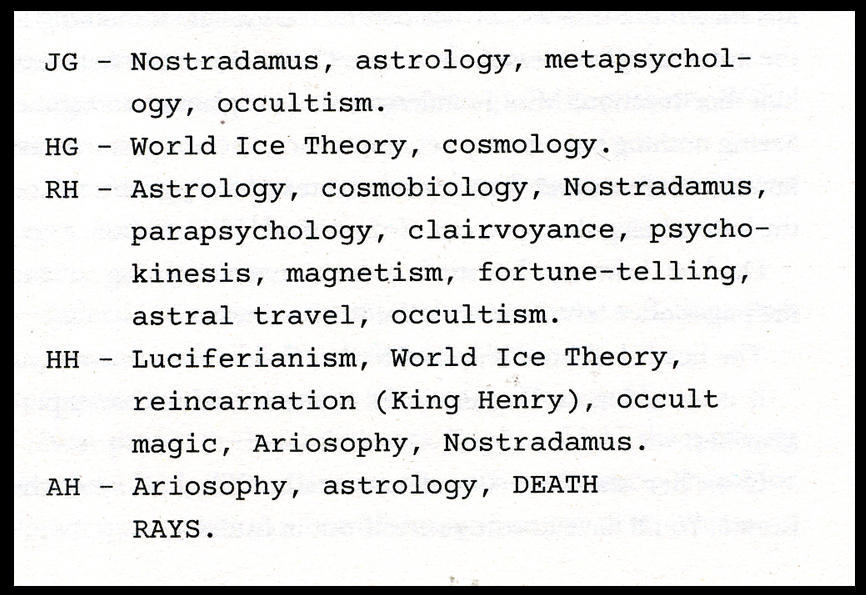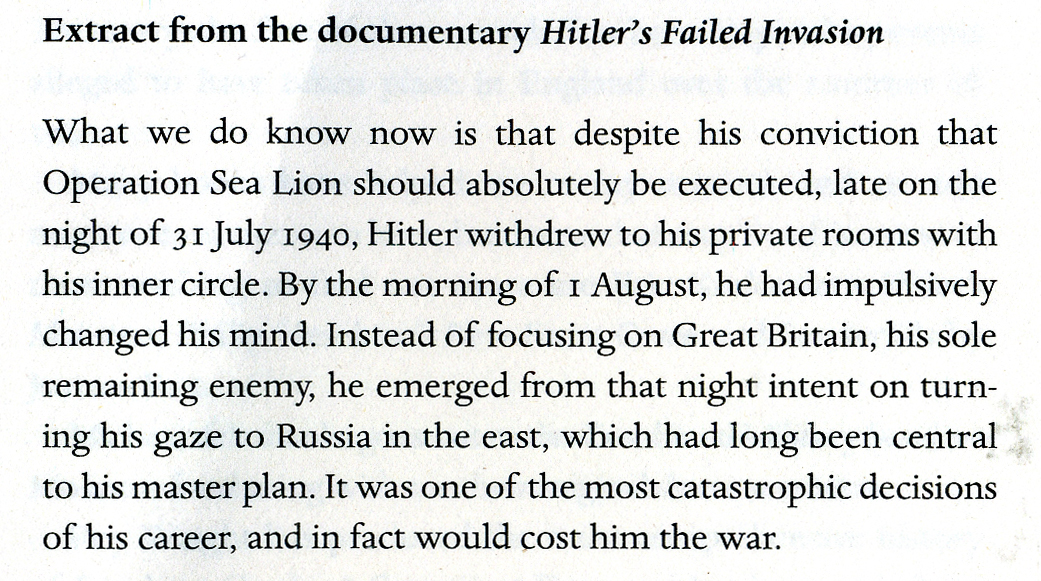
For those new to the series, Charlie Parker is a private investigator from Portland, Maine. He is haunted by a the past, chiefly the murder of his wife and daughter many years ago. In this, the twenty-second in the series, he is hired by lawyer Moxie Costin to investigate the disappearance of a toddler, Henry Clark. After a blanket soaked in his blood is found in the boot of her car, his mother, Colleen, is suspected of his murder, although no body has been found.
Connolly is a master at sowing seeds of doubt and tension. I can think of only one other writer as capable of subtle suggestions of menace and foreboding, and he – Montague Rhodes James – died in 1936. This is a house in the Maine woods, where we suspect evil lurks:
“Some places discourage curiosity. They trigger an ancient response, one that advises us not to linger, and perhaps not even to mention what we might have discovered. Pretend you will never hear, a voice whispers, and it takes us a moment to realise that it is not our own. Be on your way. If you forget me, I might forget you in turn.”
As the search for Henry takes a disturbing turn, It’s not until page 247 that Parker makes the phone call hardened fans of the series have been waiting for. He calls New York and tells Tony Fulci, “They’re on their way.” ‘They’, of course, being Parker’s long time allies, Angel and Louis. They have a certain effect on people. A woman Parker has been interviewing catches site of Angel and Louis outside a store.
“Are they with you?” Beth asked.
“They’re my associates.”
“They don’t look like private detectives. Don’t take this the wrong way, but they look like criminals. If they came into the store, I’d lie down on the floor with my hands behind my head.”
“Sometimes,”I said, ”that’s precisely the effect we seek.”
One of the joys of reviewing the Charlie Parker series is that one can simply let the author speak for himself. Here are a couple of examples where Connolly is in full Raymond Chandler mode:
“Optimistically, if nothing else, the town also posted two inns. Judging by the pictures on its website, the first promised prison mattresses and food to match, while the second screamed Gay Couple Heading For A Messy Divorce. We picked the latter.”
Parker describes a dingy bar:
“Its interior smelled of dust, urine, and drain cleaner, the floor was permanently littered with fragments of shattered glass and broken dreams, and even the furniture had tattoos.”
With the help of an enigmatic woman called Sabine Drew, who has a kind of second sight, Parker realises little Henry’s disappearance is connected to a strange relationship between his father, and a mysterious woman called Mara Teller. It seems that Teller can shape-shift between a desirable delegate at an upmarket business conference, and an unremarkable woman called Eliza Michaud who lives with her brother and sister in an isolated house deep in the forest near the town of Gretton. By the time Parker and his buddies have made the connection between the Michaud family and Henry’s disappearance, warfare has broken out between the Michauds and a collective of far-right hoodlums who have established a camp on the other side of a creek that divides the properties.
John Connolly combines the Meccano nuts and bolts of putting a crime novel together with a poetry that dazzles. Perhaps you don’t believe in the supernatural, but he takes your disbelief, and shakes it to death like a terrier gripping a rat. No living writer connects us to evil in the same way. This is a deeply scary book. It is published by Hodder & Stoughton and will be out on 7th May
I



 There is black humour in some of the stories, as well as a dark awareness of sexuality. In Chicolino, the soldiers in Baron’s platoon ‘adopt’ a homeless Sicilian boy, just into his teens. They share rations with him and treat him kindly, but are shocked to the core when he assumes that they will want to have sex with him in return for their kindness. He would have been quite happy to oblige, and is hurt and humiliated by their rejection. In The Indian, Baron retells the story from There’s No Home of how Sergeant Craddock comes to sleep with the beautiful Graziela. It is the appearance of a drunk but harmless Indian soldier that brings them into each other’s arms. Readers who, like me, are long in the tooth, will remember watching a 1963 movie called The Victors, directed by Carl Foreman. Alexander Baron was the screenwriter, and the story Everybody Loves a Dog, which relates the unfortunate consequences of a friendless and inarticulate Yorkshire soldier befriending a stray dog, was one of many memorable scenes in the film.
There is black humour in some of the stories, as well as a dark awareness of sexuality. In Chicolino, the soldiers in Baron’s platoon ‘adopt’ a homeless Sicilian boy, just into his teens. They share rations with him and treat him kindly, but are shocked to the core when he assumes that they will want to have sex with him in return for their kindness. He would have been quite happy to oblige, and is hurt and humiliated by their rejection. In The Indian, Baron retells the story from There’s No Home of how Sergeant Craddock comes to sleep with the beautiful Graziela. It is the appearance of a drunk but harmless Indian soldier that brings them into each other’s arms. Readers who, like me, are long in the tooth, will remember watching a 1963 movie called The Victors, directed by Carl Foreman. Alexander Baron was the screenwriter, and the story Everybody Loves a Dog, which relates the unfortunate consequences of a friendless and inarticulate Yorkshire soldier befriending a stray dog, was one of many memorable scenes in the film.





 I have to confess that the crime fiction obsession with Scandi crime a decade ago came and went, as far as I was concerned. Some of it was very good, but to this old cynic it seemed that as long as an author had a few diacritic signs in their name, they were good for a publishing deal. Heresy, I know, but there we are. Back From The Dead is not a Scandi crime novel translated into English. The author (left) was born in Copenhagen, but has lived for many years in London, and she writes in English.
I have to confess that the crime fiction obsession with Scandi crime a decade ago came and went, as far as I was concerned. Some of it was very good, but to this old cynic it seemed that as long as an author had a few diacritic signs in their name, they were good for a publishing deal. Heresy, I know, but there we are. Back From The Dead is not a Scandi crime novel translated into English. The author (left) was born in Copenhagen, but has lived for many years in London, and she writes in English.












 Every schoolboy of my generation was taught the history of Britain’s great social reformers of the 19th century, and we were able to rattle off their names – Elizabeth Fry for prisons, Florence Nightingale for nursing, Cobbett for agriculture and Wilberforce for slavery. I have to confess that until I moved to Wisbech in the early 1990s, I hadn’t heard of Thomas Clarkson. Now, as I pass his imposing memorial every time I walk into town it is a constant reminder of a man who has been called ‘the moral steam engine’ of the movement to end Britain’s connection to the slave trade.
Every schoolboy of my generation was taught the history of Britain’s great social reformers of the 19th century, and we were able to rattle off their names – Elizabeth Fry for prisons, Florence Nightingale for nursing, Cobbett for agriculture and Wilberforce for slavery. I have to confess that until I moved to Wisbech in the early 1990s, I hadn’t heard of Thomas Clarkson. Now, as I pass his imposing memorial every time I walk into town it is a constant reminder of a man who has been called ‘the moral steam engine’ of the movement to end Britain’s connection to the slave trade.
 Clarkson narrowly avoids becoming the victim of a mob in Liverpool. Meanwhile, as readers, we are privy to Dr Gardner’s diary written during the voyage of The Brothers. The two narratives become parallel: at sea, once the slaves have been offloaded, the voyage of the vessel – in theory a relatively safe and simple return home – is blighted by what seems to be a malignant spirit at work in the depths of the ship. The crew members disappear, one by one, and the barbarous Captain Howlett is driven mad.
Clarkson narrowly avoids becoming the victim of a mob in Liverpool. Meanwhile, as readers, we are privy to Dr Gardner’s diary written during the voyage of The Brothers. The two narratives become parallel: at sea, once the slaves have been offloaded, the voyage of the vessel – in theory a relatively safe and simple return home – is blighted by what seems to be a malignant spirit at work in the depths of the ship. The crew members disappear, one by one, and the barbarous Captain Howlett is driven mad.









